Star Trek may have started out as stand alone episodes, as most TV series of the era were, then followed the trend of serialized storytelling, but Trek also calls back to previous series, whether by expanding on hinted at stories or trying to explore characters who were underutilized. However, Trek will sometimes keep going back to the same material while ignoring others entirely, for example, revisiting the tribbles in two series or having Harry Mudd show up multiple times versus barely acknowledging Marla McGivers after “Space Seed” or if the inhabitants of Angel I developed a society with greater gender equality. In series order, here are five plots or characters who need more exploration in movies or tv. Now that Trek is producing multiple series concurrently, the chance to explore these forgotten parts of canon is greater than ever before.
TOS – Where are the Kelvans?
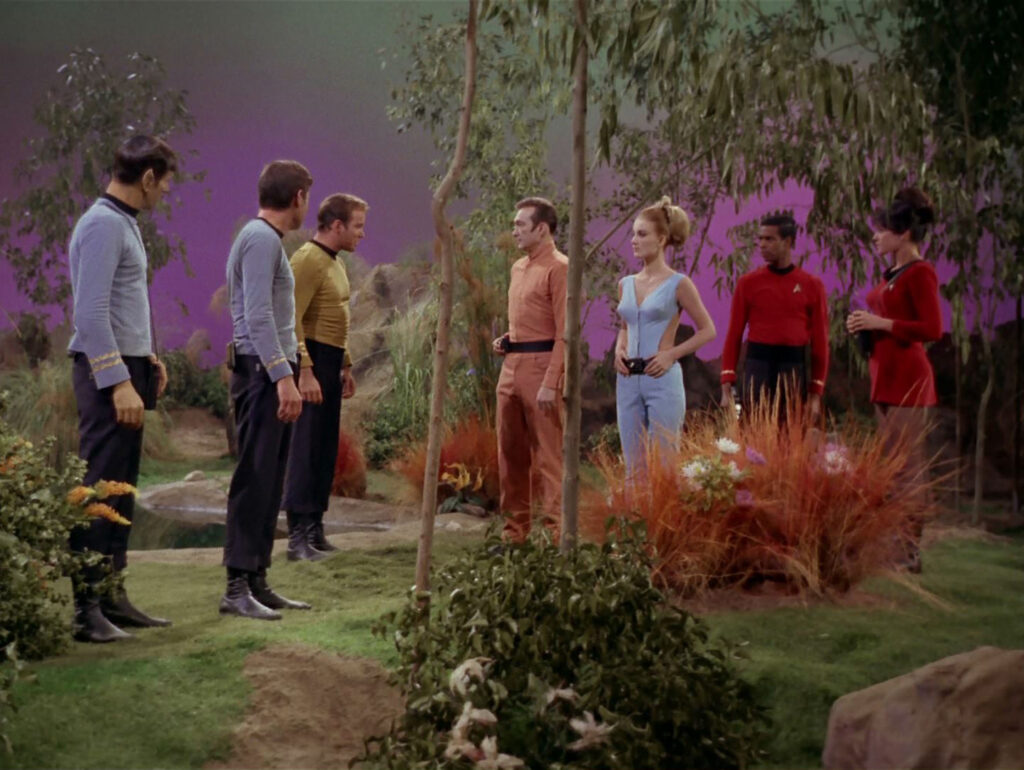
“By Any Other Name” introduced the Kelvans, a species able to assume human form, which is seeking out a new home planet as their home planet is going to be inundated with radiation in the future. Although the Kelvans are defeated as their physiology is not built to deal with human emotions or senses, they are implied to be exceedingly intelligent and more technologically advanced than the Federation. There is a single mention of Kelvans in DS9, yet dialogue from “By Any Other Name” seems to imply that it has taken the lifetimes of several generations of Kelvans to get to the planet the Enterprise finds them on. Did the Kelvans make it closer to Federation space or did the Federation open up negotiations with the Kelvan crew or their descendants after the events of “By Any Other Name?” Modern Trek could also have fun exploring the true physical form of the Kelvans, as Spock refers to their mass of tentacles, which has never been depicted on screen.
TAS – The crew meeting Lucifer in “The Magicks of Megas-Tu”
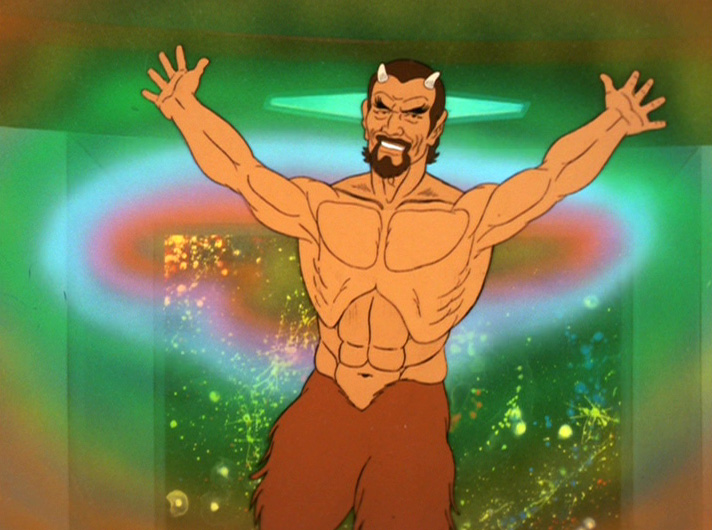
The Animated Series had many great episodes, including several callbacks to various TOS episodes. Yet one of its episodes has one of the most controversial plotlines that would never have appeared in TOS: an alien from Megas-Tu called Lucien visited New England in 1691, whose colonists threw the inhabitants of Megas-Tu out, claiming Lucien was actually Lucifer. When the Enterprise crew arrive at Megas-Tu centuries later, they are charged with threatening the way of life on the planet. Spock defends humanity for having evolved since 1691. Kirk argues that if they aren’t careful, the inhabitants of Megas-Tu will become like the humans they feared. Previous episodes that explored faith in TOS were very carefully monitored and even edited by censors, and often the ‘gods’ turned out to be aliens manipulating less advanced civilizations for gain, whereas Lucien does not seem to want to manipulate the crew of the Enterprise nor did he want to manipulate the New England colonists. TAS made Lucifer canon to Trek and argued that humans can become what they fear. Surely in the new series, Trek could discuss these ideas in more detail and compare it to other human religions.
TNG – “Conspiracy” and the evil space worms
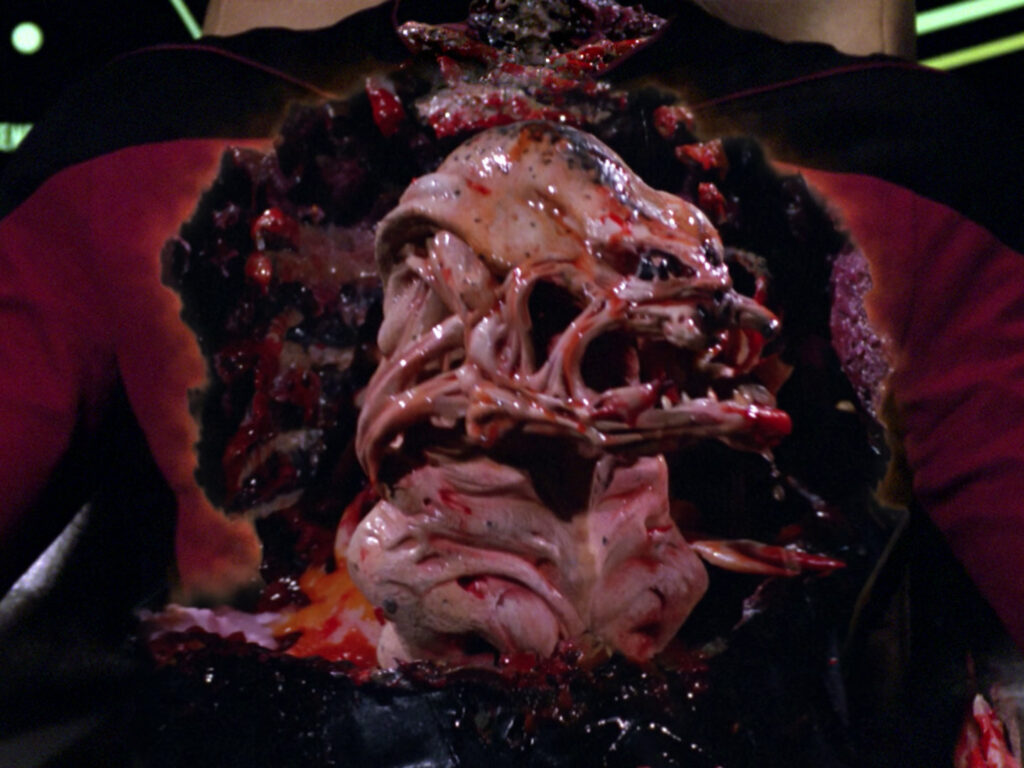
“Conspiracy” sets up a great overarching plot similar to what audiences would see in DS9 in regards to the changelings: an alien species infiltrates Starfleet and is poised to take over the world. The aliens in “Conspiracy” are very creepy worm-like beings and the gore makeup used to show the remains of the Starfleet officers who were taken over by the worms is still effective to this day. Yet somehow this incident is swept under the rug and never mentioned again in TNG or subsequent series. This could have opened up TNG to some of the darker overarching plotlines fans would see in later series, but somehow it has never been addressed in a Trek TV series produced afterwards, beyond offhanded references to the incident. Did Picard and the rest of the Enterprise crew kill the creatures off-screen or did the creatures go into hiding, waiting to strike when they had a better chance of succeeding? Even if there are some similarities to other species that have tried to take over Earth—the Borg, the Changelings, etc.—since these worm-like creatures take over their human hosts, their episodes could have been written to focus on the horror of forcing a Starfleet officer to shoot their own family and friends as the worm-like aliens took them over.
DS9 – The mutations that could have overthrown the Dominion
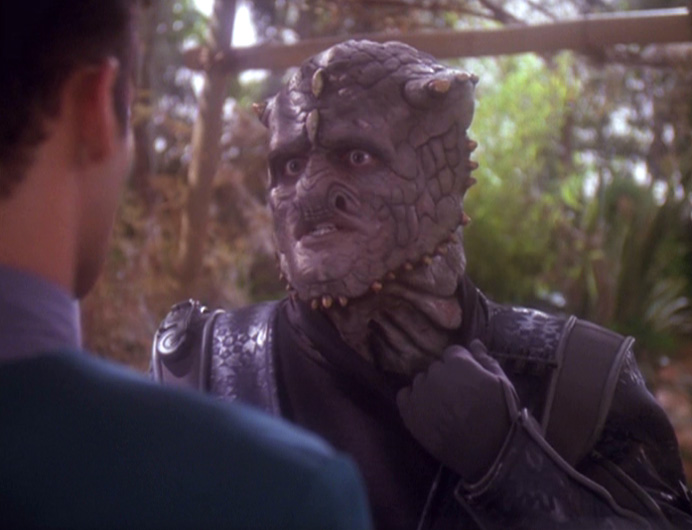
The Changelings proved to be talented geneticists as they manipulated the DNA of the Jem’Hadar and the Vorta to make both species loyal to them, the former by forcing their dependence on ketracel-white and the latter by implanting a religious devotion to the Changelings. With a powerful army and loyal bureaucracy, the Changelings were poised to overthrow the Federation and their allies. Yet two different episodes highlighted that their internal structure was not invulnerable. One Jem’Hedar was apparently born with a mutation so he was no longer dependent on ketracel-white and the various Weyoun clones were shown with some personality differences. These could have opened up avenues for Sisko or others to interfere with the Changeling’s plans by reversing the Jem’Hadar ketracel-white dependence or breaking the devotion of the Vorta. “Hippocratic Oath” explored the ethical questions about if there was a way to manipulate the DNA of Jem’Hadar so they could live without being dependent on the ketracel-white, but the Vorta plot was never truly explored. Sisko did end up compromising his own morals in order to fight the Dominion, but could he have been pushed to a point where he ordered Bashir or other doctors to genetically manipulate the Jem’Hadar or the Vorta, thereby taking away one or both of the species the Changelings depended on?
VOY – The Fragile Peace in the Delta Quadrant
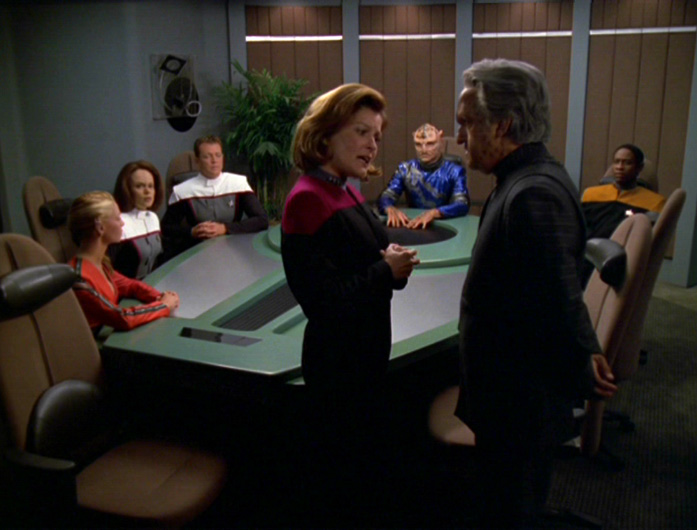
Without the Kazon or Vidiian plot lines from the earlier seasons, Voyager’s later seasons had no clear series-specific villain. An argument could be made that it was more important to focus on returning to the Alpha Quadrant instead of alien-of-the-week episodes, but the presence of several aliens unique to the Delta Quadrant left the audience wanting more information about these species. In particular, the episode “Drive” introduced the perfect set up for several alien species to interact with on the crew’s way through the Delta Quadrant. The overall set up—Paris and Kim, later B’Elanna participate in an annual race that serves as a peace treaty between four species who were previously at war since they claimed the same area of space—may not be unique, but later episodes could have involved Janeway or the others working alongside one or more of these species to learn more about the Delta Quadrant or have the crew pushed to choose sides in the troubled local political climate. As DS9 drew parallels to World War II, Voyager could have used this rough peace to draw parallels to World War I, especially in regards to the attempts of various European powers to make enough alliances to prevent war in the face of emerging national identities that made war and more likely.
Conspiracy has a great follow up tied to the secretive nature of Trill society in the Worlds of Deep Space Nine novelization that I’d love to see brought to the screen.
1. The guardian of forever tos
2. The amusement planet tos
Assignment: Earth, deserves a follow-up.